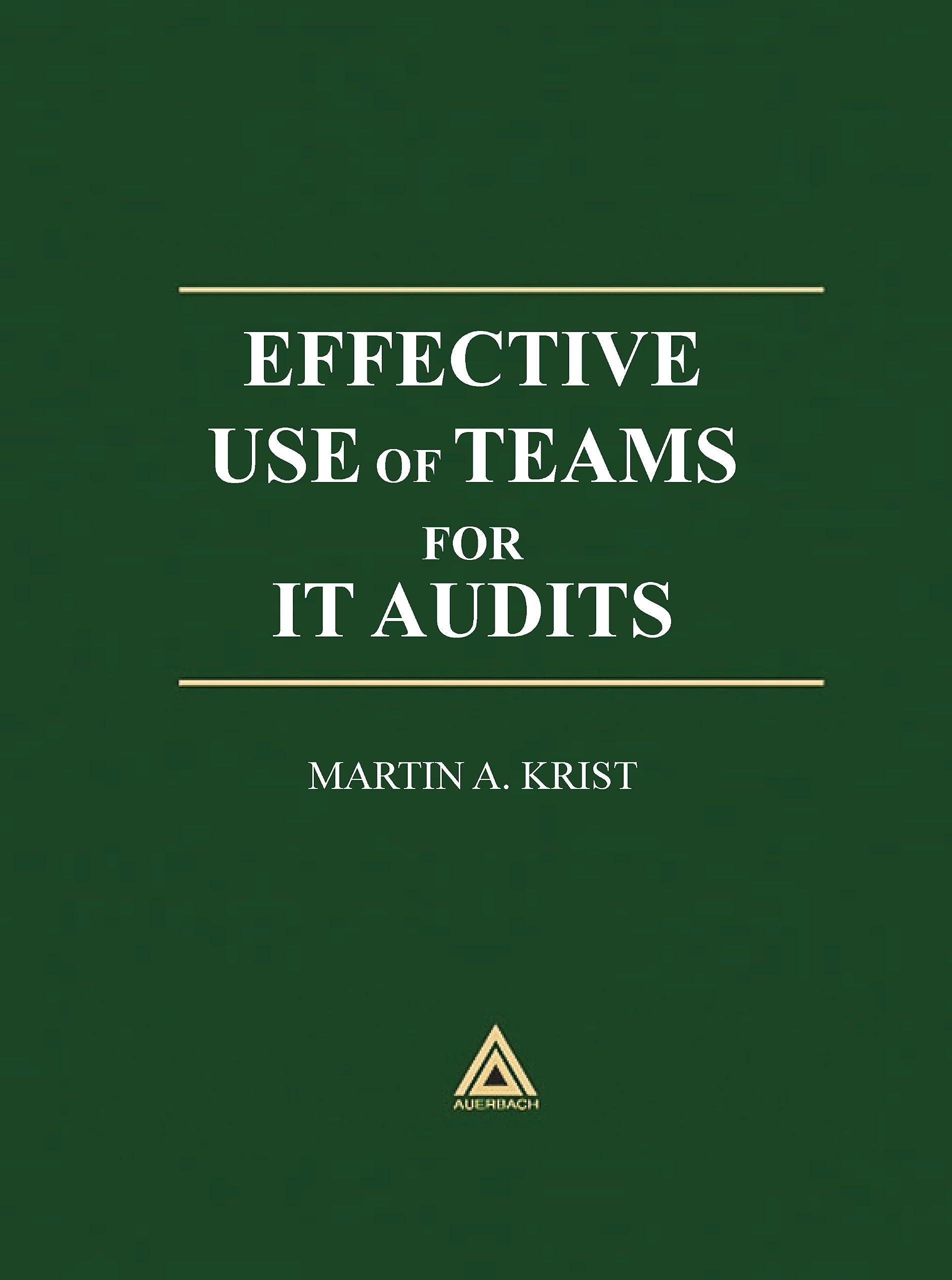Question
Street Inc. manufactures cooling and heating coils for several different industries. It has two plants. Jewett City Plant (JCP) is an older, labor-intensive machine shop
Street Inc. manufactures cooling and heating coils for several different industries. It has two plants. Jewett City Plant (JCP) is an older, labor-intensive machine shop where skilled workers use tools to perform most of the work. Greenwich Plant (GP) is highly automated and uses computer numerically controlled (CNC) machines with a small number of highly paid workers. JCP manufactures a high tolerance coil (Pa) and finishes a second one (Pb). GP mass produces two standard coils, Pc and Pd, and performs basic operations on Pb before transferring it to JCP for finishing. Production takes place in batches. Each batch is made up of one product.
The products are sold directly to manufacturers by a technical sales force. Product Pa is a customized product manufactured to order, and requires a lot of specifications and negotiation with customers. Product Pb is a modification of the standardized products Pc and Pd. It is finished to meet each customers specifications, and as a result has more exacting technical specifications than Pc and Pd, and hence is finished in JCP. Products Pc and Pd are standardized products produced for stock and sold off the shelf and do not require much sales effort in writing up orders.
Each plant has six production and service departments: receiving, cutting and assembly, heat treatment, testing, packing and shipping, and repairs and maintenance (Charts 2 and 3). Exhibit 1 includes descriptions of activities in each of these departments. In addition, there are three departmentsmarketing, design and engineering support, and administrationat the corporate level (Chart 4).
The present accounting system is a traditional financial-reporting-driven system. Manufacturing costs are classified as material, labor, and overhead. Overhead is charged to products based on labor hours with the two plants treated as one cost center. Marketing, design and engineering support, and administration are considered period costs and not charged to products.
The President of the Company held a meeting with senior executives including VPFinance, VPManufacturing, and VPMarketing (Chart 1) to discuss the 2006 budget (Schedules 1, 2, and 3). She was unhappy with the fact that Pas budgeted price of $45 is below its standard cost of $48.29. However, she was not sure if the costing system, which treats both plants as one cost center, accurately determines the costs of the different products. She pointed out that GP is a machine-intensive plant while JCP is more labor-intensive. Furthermore, the products are produced in different numbers of batches (Schedule 6), and affect batch-related costs (e.g., testing and heat treatment) differently. She told VPFinance that she has heard of an alternative costing method that uses multiple cost centers/pools and different cost bases to charge indirect costs to products. She also questioned the treatment of engineering support costs and marketing expenses as period costs. VPFinance promised to investigate the Presidents points and report back to the group.
Required
The VPFinance appointed you to a team to investigate the Presidents concerns. He suggested that you develop and compare several volume-based costing and activity-based costing (ABC) systems to identify and recommend the system that you deem to give the most accurate product costs.
For the traditional volume-based systems use the Overhead Allocation Menu (Exhibit 4) shown at the bottom of the case to perform the following tasks:
1. Use machine hours, instead of direct labor hours, to allocate manufacturing overhead to the four products and restate the Products Budget (Schedule 1).






Step by Step Solution
There are 3 Steps involved in it
Step: 1

Get Instant Access to Expert-Tailored Solutions
See step-by-step solutions with expert insights and AI powered tools for academic success
Step: 2

Step: 3

Ace Your Homework with AI
Get the answers you need in no time with our AI-driven, step-by-step assistance
Get Started


